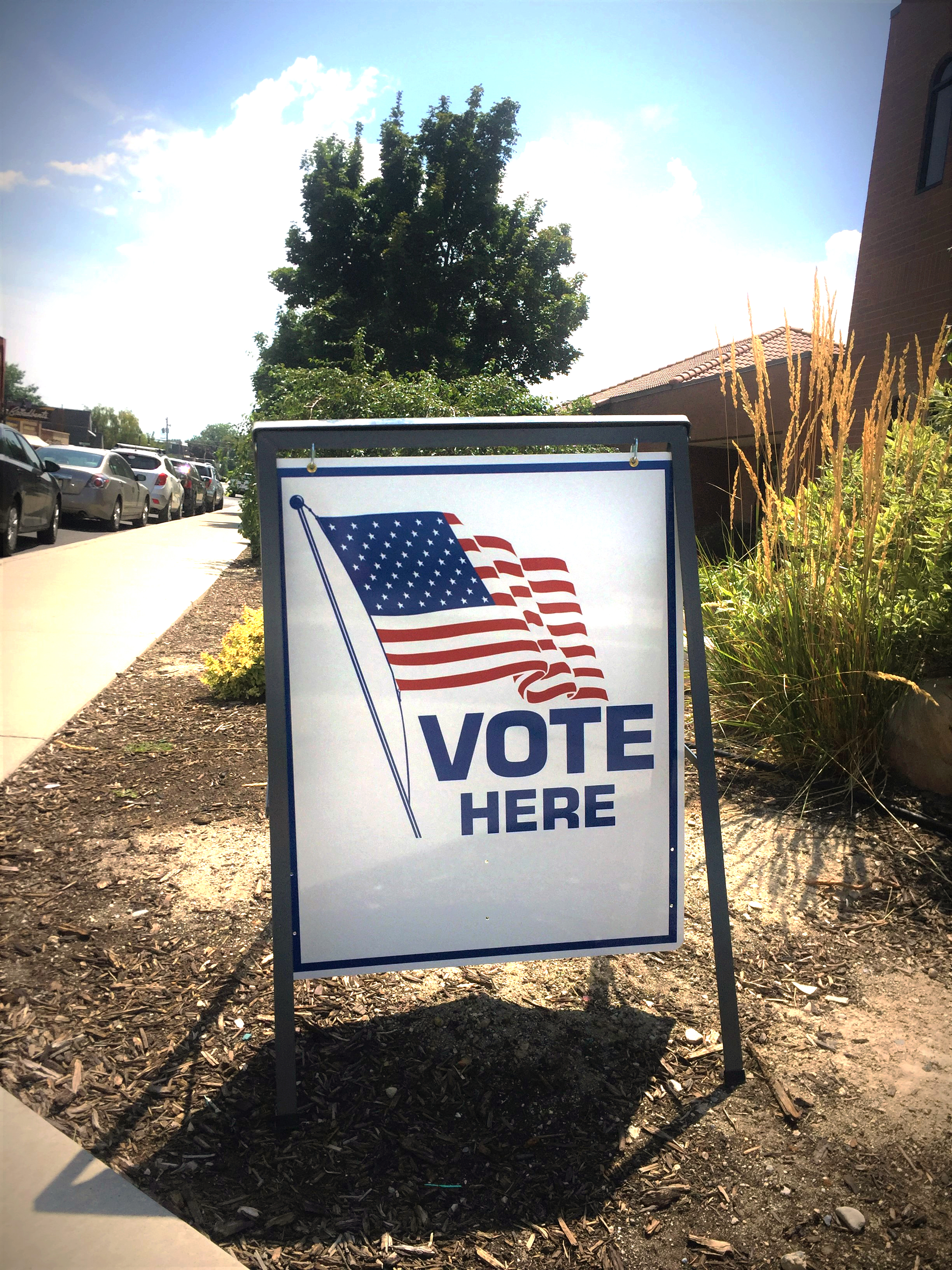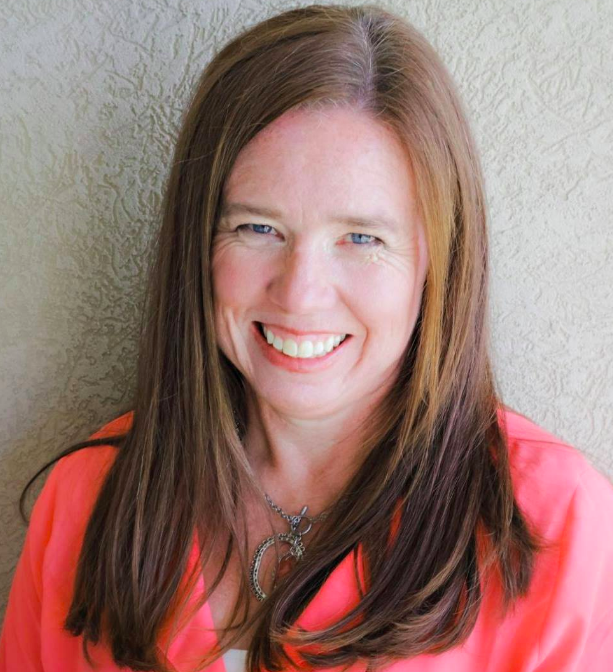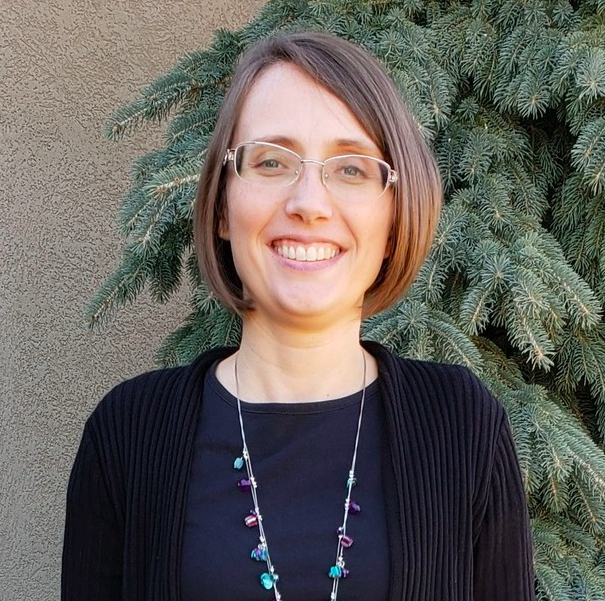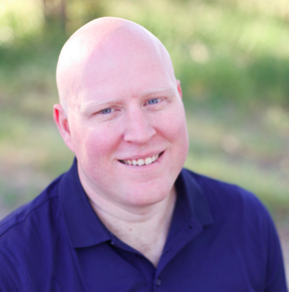Education
Meet the candidates for Lehi’s new Alpine School District Board seat
Published
3 years agoon

With Lehi and Saratoga Springs soon to have more representation on the Alpine School District (ASD) Board, voters will have their say on the board’s newest seat in the upcoming June Primary Election.
“Based on the 2020 Census, the county reviewed population data and revised the school board district boundaries. While we were able to provide feedback, the county decided on the boundaries based on precinct data,” said David Stephenson, Executive Director of External Relations and Communications for ASD, regarding the new voting boundaries.
The new boundaries will give Lehi and Saratoga Springs a new board member to represent the schools in District 2. The newly elected board member will serve the following Lehi schools: Dry Creek, Liberty Hills, Northpoint, Snow Springs, Willowcreek Middle School and all schools in the Saratoga Springs area.
The three candidates vying for the new seat will compete in the June Primary to reduce the number to two candidates for the November General Election ballot. The candidates are Wendy Rencher, Joylin Lincoln and Charles Wood.
Lehi Free Press: Why are you running for the ASD board?
Rencher: I am a believer in and supporter of public schools! Our communities are full of amazing students and families and the majority of students are educated in traditional public schools. As a community, I hope we want public schools to be successful because every student deserves the best educational opportunities we can provide. I am running for the school board to advocate for students, with a focus on improving student learning. Improving student learning starts with every student and parent having a connection with the teachers and staff at their local school. Connection empowers students to do their best and take responsibility for their learning. Student learning also improves as we ensure that teachers receive the best professional development, and we utilize student data effectively to drive instruction. A focus on data helps us know where and how to spend money and use resources to achieve better results for students.
LFP: What experience and qualifications do you have for the position?
Rencher: I have spent the last 18 years working in PTAs and School Community Councils in Alpine and Provo School Districts. I am currently a member of the Alpine District Community Council, the chair of the Lehi High SCC and a member of the Willowcreek SCC. I’ve served as a PTA President twice, SCC Chair at three other schools, as well as numerous other PTA and classroom volunteer opportunities. I have three children who have graduated from Alpine schools and two who are currently students in ASD.
LFP: What is the top issue facing ASD?
Rencher: I believe there are two top issues facing ASD – growth and a teacher shortage. First, we live in growing communities which means we have more students moving in and need to continue to build more schools to educate those students. It is critical that we advocate for additional funding so new schools can be built to meet these demands. Equally concerning is the shortage of teachers.Increasing starting teacher salaries and providing adequate support to teachers in the classroom can be part of how we address thisissue.
LFP: How would you balance the interests of students, parents and teachers?
Rencher: Student learning should be at the heart of all we do in Alpine District. This happens best when we create a partnership between students, parents, and educators–all working together as a team focused on learning. Research shows that children are more successful in school when parents take an active role in their child’s education, and we want to encourage parent involvement. We also value the experience and expertise of teachers in helping students achieve their potential. Our combined efforts bring the most success.
LFP: Do you think the ASD budget is too much, just right or too little?
Rencher: Alpine District is one of the best financially managed districts in the country, as evidenced by our AAA bond rating and low tax rate. Although we consistently rank at the bottom of the country in per pupil spending, our graduation rate is above both the Utah and national average. Simply put, we are doing a lot with the funding we have to work with. We do need to continue to advocate for increased education funding to improve starting teacher salaries so that we can recruit and retain the best teachers and manage our growing student population.
Joylin Lincoln

Lehi Free Press: Why are you running for the ASD board?
Lincoln: I am passionate about education. I want every student’s education to count. I love teaching and admire those who give so much to educate others. I have a strong belief that education is not one size fits all and it is our responsibility to find the best way to educate each child. Over the years I have spent a tremendous about of time working with teachers, this has allowed me to understand some of the core problems that elementary, middle school, and high school teachers and students face. I believe that because of my unique background I can represent all interests in creating greater opportunities for the students of Utah.
LFP: What experience and qualifications do you have for the position?
Lincoln: I received a Bachelor of Science in Elementary Education from Brigham Young University in 1994 and have maintained a Utah state teaching license since graduation. I taught first grade for Alpine School District and sixth grade science at a charter school. Upon leaving my post with Alpine School District, I began consulting with their Title One program where I taught in-service classes and demonstrated the classroom techniques we discussed in class. In 2006, I became a founding board member at Lakeview Academy, a K-9 Charter school in Saratoga Springs, a position I currently hold.
During the last 20 years, I have been extremely involved with my children’s education. I have volunteered, participated in community council meetings or board meetings at the following schools: Meadow Elementary, Snow Springs Elementary, Ranches Academy, Lakeview Academy, Saratoga Shores Elementary, Willow Creek Middle School, Vista Heights Middle School, Rockwell Charter High School, Westlake High School, Pioneer Academy for the Performing Arts, and Lumen Scholar Institute. I believe that choice in education increases the outcomes at all schools. We are very fortunate to have so many good schools in our area. I am involved with these schools because my six children have had the opportunity to attend these schools. My family has worked hard to find the best educational fit for each individual child, sometimes resulting in each child attending a different school
LFP: What is the top issue facing ASD?
Lincoln: Growth is the number one issue that is facing ASD. With that growth becomes the challenges of building schools, class size reduction, programs/supplies for students, splitting the district, and supporting teachers.
LFP: How would you balance the interests of students, parents, and teachers?
Lincoln: I view education like a three-leg stool. Education becomes a partnership of students, parents, and teachers. All three entities have to work together, or education becomes defective.
LFP: Do you think the ASD budget is too much, just right or too little?
Lincoln: Funding will always be an issue in education. This is because some people believe the more money you spend the better quality you receive. This is not always a true statement! Neither is the opposite or converse statement. The less money you spend equals less quality. We should be more concerned with the value we receive in education. We need to take the funding that has been appropriated for education and ensure there is no waste. We must be responsible with the money that taxpayers have entrusted with us and guarantee that the maximum amount possible benefits each student. We can do this by not treating a budget line item as an “entitlement”. We need to continually review how money is spent and search for creative ways to make it stretch further and not be afraid to make hard decisions that eliminate waste. By looking at the current students and their needs we can make more fiscally appropriate spending decisions. The district budget is huge, but we are also educating the largest number of students across the state. We will need to be creative with the budget to meet the demands of growth on the west side, class education, and living wages for teachers. These demands will require additional funding, but we can look into some innovative funding streams. Cities across the district often come to the district and ask them to sign off on tax breaks for companies wanting to move into the area, we should require that these same cities give the district waivers when it comes to impact fees when we build a new school.
Lehi Free Press: Why are you running for the ASD board?
Wood: The national and local conversations have eroded the trust between parents and the schools. The video from the Lehi High School science teacher railing against parents and the Alpine School District board not allowing parents into the board meetings last year has made this worse. We need parents involved to help solve the district’s problems. The School District’s proficiency scores hover around 50%. We have teachers leaving because of burnout and other reasons. We need to fix these problems. We need to find the underlying issues causing these problems and measure what we’re doing, then work together as a district with parents, students, and teachers to begin to fix these issues.
LFP: What experience and qualifications do you have for the position?
Wood: The key to solving our problems is a blend of problem-solving, communication and community building, and experience. I’ve been a member of the governing board and School Community Council at Odyssey Charter School for nearly 10 years. I was the board’s chairman for 3 and a half years. We’ve learned to focus on student outcomes, involve teachers, and communicate with staff and teachers to achieve well-defined ends for our students. Our primary focus should always be the best outcomes we can create for our children. I’ve also been a podcaster and software developer for 13 years. I’ve worked hard to build both my communications and problem-solving skills to help others grow and bring others alongside my efforts to build community and train professionals. I’m committed to finding solutions to problems, speaking to other boards and professionals to see what is working for them, inventing our own fixes, or doing whatever else we need to to clearly communicate with our community of parents, students, teachers, and staff to bring them on board.
LFP: What is the top issue facing ASD?
Wood: I wish I could say it’s the district’s budget, its growth, or the proficiency levels of its students. However, unfortunately, it’s parental trust. I’ve talked to many parents who have spoken to board members only to feel that their concerns fell upon deaf ears. Our own incident here at Lehi High School wasn’t handled transparently and the district failed to address the underlying concerns brought up by a teacher’s tirade. The Alpine School District board locked parents out of a board meeting in violation of state law. Parents are an essential part of the education process. They’re the ones who see their children every day and who are the most invested in their growth and education. We need to earn their trust back and begin to show them that we hear them. This, more than anything else will move the needle in outcomes for our students.
LFP: How would you balance the interests of students, parents and teachers?
Wood: There is a feeling that the interests of students, parents, and teachers don’t align. To a large degree, this is due to a lack of a unifying vision that they can all get behind. If a student wants to go to college, the teachers, counselors, and parents can all get on board to get them college ready. We should be providing the tools for them to pull in the same direction to get them there. And there should be clear metrics for them to reach to know that they’re making the progress they need to make. Similarly, if a student doesn’t want to go to college, but to pursue another trade, similar planning and accommodation can be made to make sure they hit milestones for them to lead a life doing what they want to do. From there, we bring transparency for parents, favorable employment arrangements for teachers, engaging learning environments for students, and resources they all can use to achieve our common focus.
LFP: Do you think the ASD budget is too much, just right or too little?
Wood: The school district has to play a balancing act between growth, competitive pay, effective programs, and public accountability. It’s not a question of it’s too much as much as it is an attitude that the school district can pass a bond or raise property tax to solve a problem instead of evaluating what it spends its money on and how it impacts what the students get from going to school. In this way, I believe it’s too much, but the conversation should be less about what we cut from the budget and more about how much we’re growing it by taking on debt we have to pay back or by adding programs that aren’t moving the needle for our students.




